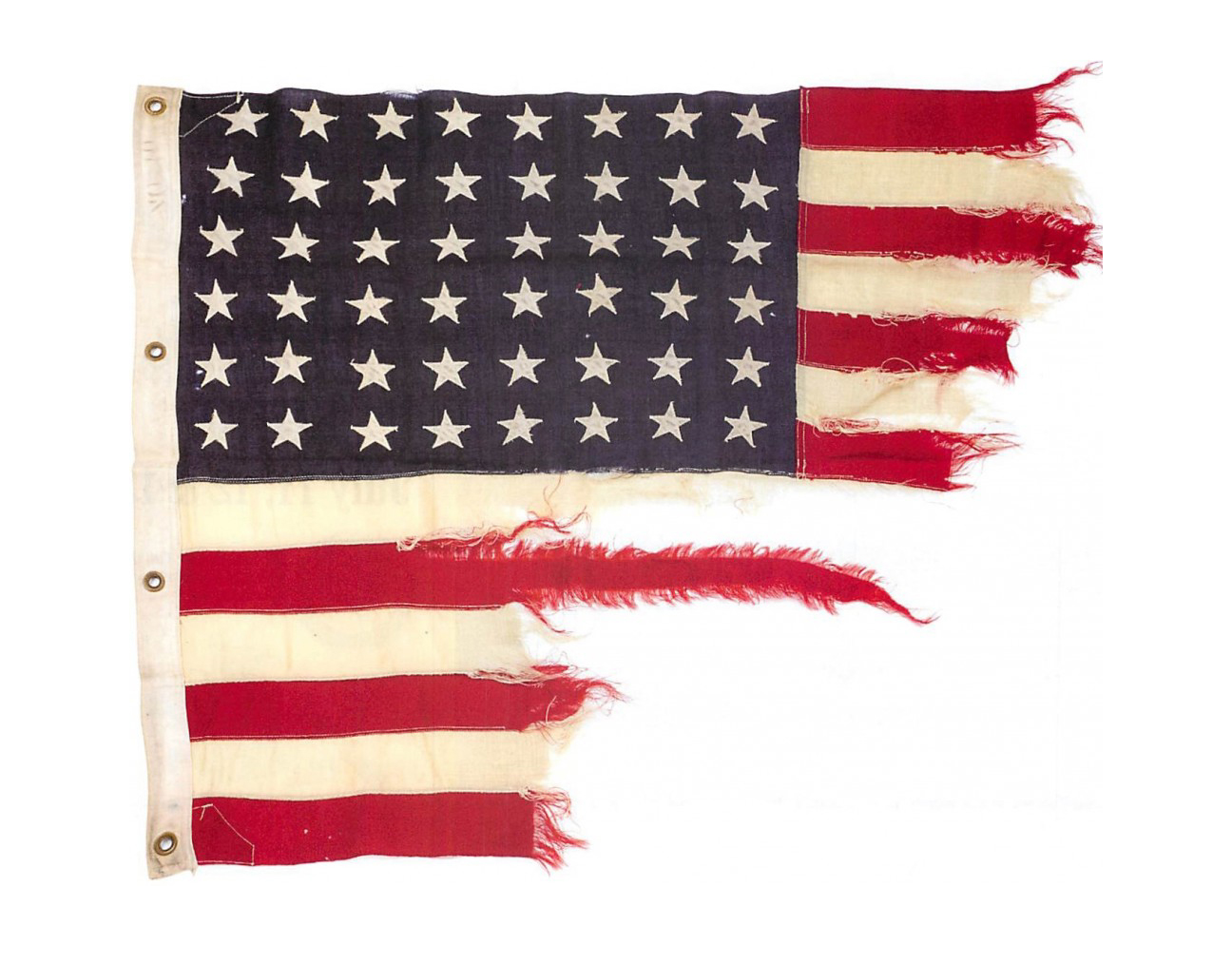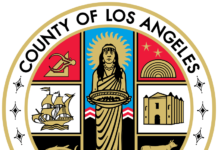First in a series.
Locked down. Freedom of movement restricted. Stores closed. Bars and restaurants shuttered.
That’s the reality we are facing right now in the tiny town of Avalon in the face of the Novel Coronavirus and the societal shuffle it has unleashed.
At a time when we would normally be gearing up for another busy summer season—hiring workers, putting boats in the water, stocking restaurant larders and bar shelves—an unthinking, uncaring demon from the microscopic realm has cut us off at the knees.
Now imagine our cross-channel boats painted battleship grey and ringed with 30-caliber machine guns manned by Coast Guard seamen.
Imagine that only island residents are able to travel back and forth to the mainland and even then only with a federal I.D.
Once you’re in the channel, imagine that you have the chance of your vessel being torpedoed by an enemy submarine lurking in the waters around the island.
As night falls, imagine that the use of streetlights, porch lights and automobile headlights—or any light at all for that matter—is strictly forbidden. Be careful where you light that cigarette, mister.
Even your interior house lights are not visible from the outside because—by law—you have taped heavy black paper in all your windows.
That was life on Catalina Island during the four long years of the Second World War, an episode in our history that is still within living memory of many of our older residents.
They lived through it in their time, and we can live through it in ours.
Over the next few weeks, the Catalina Islander will be publishing my seven-part series on Catalina Island during World War II, which first appeared several years ago as part of my “Mysterious Island” column.
From the three submarines of the Imperial Japanese Navy that were attacking ships off the California coast to the four branches of the service that maintained training facilities here and, finally, to the end of the war and its aftermath, the Catalina Islander brings you “Fortress Catalina: The Island at War.”
Like World War II, the coronavirus pandemic will eventually come to an end and—like the song says—the lights will go on all over the world again.
Merry Christmas, the war has started
On a chilled, misty morning in December of 1941, Avalon Mayor Wilbur White and his friend and fellow Islander Eric Wilcox were fishing for albacore off the backside of Catalina Island.
The two fishing buddies had been out many times before in Wilbur’s boat. But this time, things were different.
America was at war now with the Empire of Japan and the U.S. Navy had suddenly found itself with an awful lot of mouths to feed now that its resources and personnel were scattered around the world.
As a consequence, the Navy was buying anything and everything that our local anglers could fish up along with all the free fuel they could carry, compliments of Uncle Sam. Wilbur and Eric were doing their part to satisfy this demand.
Shortly before sunrise, as the two trolled through the mist not far from China Point, the fog parted, revealing a terrifying sight: a Japanese submarine was dead ahead, hove to on the surface and rolling in the Pacific swells. Her twin diesel engines rumbled gently as she recharged her batteries for the day’s activities ahead.
In a moment, Wilbur whirled the helm to starboard in a desperate bid to make it back into the fog bank before they were discovered.
A quick raking by the submarine’s 7.7mm machine gun would surely send them to the bottom. It woud be years, if ever, before the people of Catalina learned of their fate. But there was no one on the submarine’s deck and the little boat slipped back into the mist apparently undetected.
It’s nothing short of a miracle that they had not been spotted or, if they were, the submarine wasted no time in submerging and making its getaway, no doubt fearful that the Yankee fishermen may have radioed the Navy. Whatever the reason for their miraculous escape, Wilbur White and Eric Wilcox lived to tell the tale. But the enemy apparition was, unfortunately, a harbinger of things to come.
War Department
terminates tourism
Within two weeks of the December 7, 1941, attack on Pearl Harbor, all tourism on Catalina Island was officially terminated by the War Department and was to remain that way for the four-year duration of the war. Cross-channel travel, even for Islanders, was severely restricted.
While the Allied powers were battling the Axis for control of Europe and North Africa, the primary entities that generated sleepless nights for American sailors and citizens on the West Coast were the army and navy of the Japanese empire. The iron tentacles of Hirohito’s formabidle fighting forces had attacked and, in some cases, subsumed free peoples around the Pacific Rim from Hong Kong, Shanghai, the Phillipines, Singapore, Indonesia, even Australia. There was no reason to believe that California wasn’t next.
Here on the West Coast, including the waters around Catalina, the Japanese Navy manifested itself for the most part in the form of three I-class submarines that did the tiger’s share of the damage: Submarines I-17, I-19 and I-21.
The activities of these submarines had a direct effect on the people of Catalina and no doubt kept regular surveillance on the activities here in Avalon. One can only imagine how many nights these submarines surfaced outside of Avalon Bay trying to catch a glimpse of any military or commercial activity that might present a juicy target.
The local action began on Christmas Eve 1941 in the San Pedro Channel between Catalina and the mainland when submarine I-19 under the command of Captain Nahara Shogo fired a torpedo at the merchant ship S.S. Barbara Olson on its way to San Diego.
Luckily, the torpedo missed, but Shogo and his crew had more success later in the day with a lumber-carrying ship called the S.S. Absaroka only about a mile off Point Fermin in San Pedro.
As with the S.S. Barbara Olson, the submarine’s first torpedo missed. But a second one was fired that hit the Absaroka just aft of her starboard beam, spinning her off course and knocking three deckhands into the sea.
A fourth seaman—Joseph Ryan—was trying to pull his three shipmates from the water when a lashing holding a stack of lumber on deck parted.
The lumber tumbled overboard “like a man throwing matchsticks into the air” taking Ryan overboard with it. Ryan was killed instantly—the only fatality in the attack.
Thanks to compartmentalization of the ship’s holds, the Absaroka did not sink and was towed to the beach below the cliffs of Fort MacArthur in San Pedro. Although the Navy attempted to find and depth charge the perpetrator, the Japanese submarine slipped away undamaged.
Despite the attack on the S.S. Absaroka occurring within sight of Point Fermin, the entire event was successfully kept secret throughout the entire war.
To this day, in fact, many people who were living in Los Angeles at the time are still unaware of the attack.
There were a number of other attacks on shipping along the West Coast by the three submarines, including the sinking of the S.S. Montebello off the coast of Monterey by submarine I-21 and the shelling of the S.S. Idaho the same afternoon, compliments of submarine I-19.
With nightly blackout conditions, air raid drills and gas mask drills a regular component of people’s daily lives, the War Department did their best to keep these attacks secret in an effort to forestall any panic.
But it was the shelling of the Elwood oil facility near Santa Barbara on February 23, 1942, by submarine I-17 that shook America to its core and helped precipitate one of the wildest—and least known—events in American history.
Next Week: The Battle Of Los Angeles










